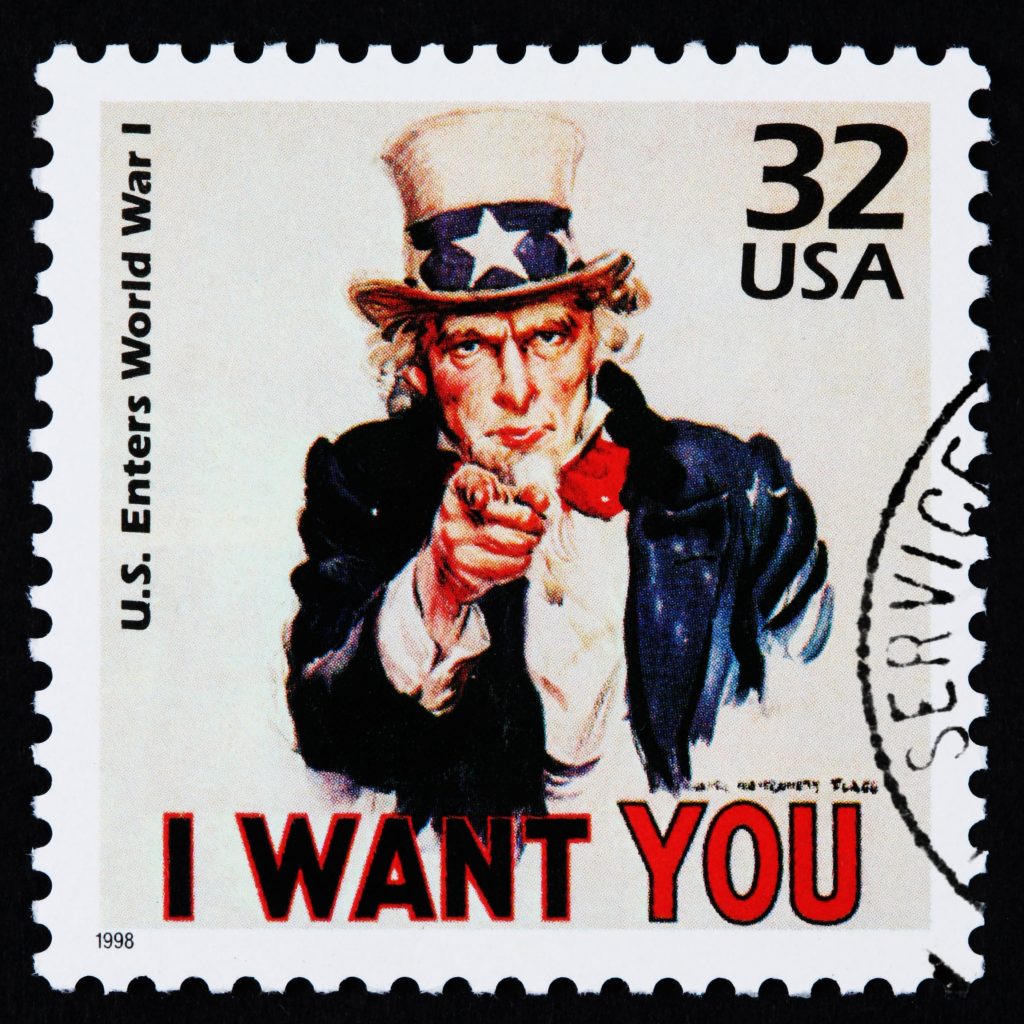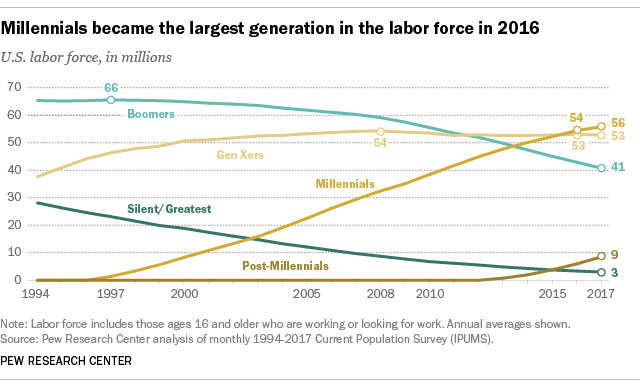Talent acquisition—defined as the process of identifying and acquiring skilled workers to meet your organizational needs—has been around for longer than you might think. Early forms of the profession date as far back as 2,000 BCE.
And while talent acquisition (TA) then hardly resembles what it does today, one thing has remained the same: advancements in thought and technology have always disrupted and changed it for the better. Looking back on the history of talent acquisition provides us with more meaningful insights into the profession, as well as what the future holds in store.
The History of Talent Acquisition
The Age of Empires
Early talent acquisition strategies often were government-led, as they were the employers with the most power and largest reach. During the Song Dynasty’s rule in China (960-1279) there was a set of formal examinations that citizens could take in order to enter the government’s civil service. The examinations were harder than almost any contemporary test you can think of, with a passing rate of only 1%.
The Greeks and Romans also employed early talent acquisition strategies but for different reasons than China. With an increased need for soldiers and military strength, both the Romans and Greeks sent out recruiters to attract and select talent to fight for them. In fact, Julius Caesar implemented one of the first employee referral programs. Recruiting others was rewarded with up to a third of a year’s pay.

Even with such good pay, the Romans still struggled to recruit an adequate number of people to join the army. They decided to aggressively rebrand the army as a status symbol. Soldiers were tattooed visibly to differentiate themselves for everyday citizens. Employer branding was taken quite literally then it seems.
The First Talent Crisis
One of the first and most notable talent shortages happened during the bubonic plague. The supply of workers dropped drastically and surviving laborers and skilled craftsmen were able to name exorbitant prices for their services.
In order to combat the talent crisis, monarchies and ruling bodies passed strict labor laws, some even stating anyone healthy under the age of 60 had to work for anyone willing to hire them. Ultimately, these efforts failed to stop the market from taking its course, and wages did rise due to the scarcity of workers.
Recruitment Marketing Over Time
Recruitment marketing can best be viewed historically through the lens of the military as it is well documented and preserved.
The Romans and Greeks→ The Romans and Greeks used tattoos in order to establish brand awareness and walking advertisements for the military, much in the same way that today’s modern military uses uniforms as demarcations of service.
Continental army→ Posters were used in order to advance recruitment. These posters relied on guilty patriotism, calling all able-bodied, brave men to join in the fight. These posters also aggressively called out the enemy, likening the current governance to a form of slavery.
WW1→ During the First World War, the push for recruitment was massive. One of the most notable ways that the various powers recruited was through posters. What comes to mind for most people is probably the image of Uncle Sam pointing his finger and boldly declaring, “I want you.”
In fact, this is one of the most common forms of early military recruitment. Early military recruitment focused heavily on the individual and what they could do for their country.

WW2→ In WW2 we see many of the same marketing tactics as we did in WW1. Posters with Uncle Sam challenging young men to fight by looking directly into the frame become widely popular. We also see an increased push towards vengeful patriotism with posters calling on Irishmen to avenge the Lusitania by signing up to fight.
Vietnam→ During the Vietnam War posters often depicted the US military attacking the enemy. This is probably the most notable example of unsuccessful military marketing. Due in part to the war being largely unpopular, posters fell flat, and the government was forced to rely largely on the draft.
Slogans→ “Be all you can be,” “an army of one,” “army strong,” and “warriors wanted” are the progression of slogans the US army has employed over the years. Slogans help organizations develop a clear theme throughout their marketing strategies.
Fast Forward to Today
Talent acquisition as we know it today is quite different in nature. The profession has flourished in the private sector, as companies have come to realize just how much effort can be required when it comes to sourcing and staffing.

Speed and optimization are the name of the game. The modern TA leader is tasked with finding top talent in a timely, efficient, and cost effective manner. To aid in this process, applicant tracking systems, AI, CRM, and other technologies have become staple tools of the trade for recruiters across the world, helping recruiting and talent acquisition reach new heights.
However, there’s far more to the contemporary recruiter’s toolkit than software. An equally important part of any company’s hiring strategy is the process that surrounds it and the people who help facilitate it. More information on that relationship between people, process, and technology in talent acquisition can be found in The Definitive Guide to Hiring Success.
What’s Next?
As of 2016, millennials are the largest generation in the U.S. labor force. Close behind them are the members of Generation Z. Not only will millennials and Generation Z change the median age of the American workforce, they’ll also radically disrupt the norms and landscape of the labor market.

TA teams will have to adopt accordingly. Below are a few examples of the ways in which recruiters will need to change their strategies to engage and attract a new generation of talent.
Update Your Benefits Package
It wasn’t that long ago that 401k’s, a solid dental plan, and company equity were considered to be desirable workplace benefits. However, times have changed, and so have the expectations and priorities of the newer, younger generations. Whereas a few decades ago, it wasn’t unheard of for someone to spend their careers at one company, today it’s almost unheard of for someone to stay at one company for more than five years.

Many large employers have recognized this shift and are moving to more fluid perks that attempt to combat churn. These include rotational programs, flexible work schedules, liberal working from home policies, and unlimited PTO.
Strive for a Seamless Candidate Experience
The ideal experience for anything and everything online these days is seamless and frictionless. Your job application process should reflect that. If candidates can order a baby grand piano on Amazon’s mobile app with the tap of a thumb or file their income tax returns in under twenty minutes, there’s no reason they shouldn’t be able to apply for a job at your company with equal ease.
Provide Experiences
While millennials are known as digital natives they also place a large emphasis on experiences over goods. Sending top talent a branded water bottle or company swag can be a good way to get their attention, but research shows us that younger generations would rather be presented with unique experiences. Clever companies provide these in the form of conferences, networking events, or even social causes.
Showcase Inclusion and Diversity Over Culture
With shows like Silicon Valley and the widely popularized notion of the “tech-bro,” younger generations are more weary of homogenous workplace cultures than you might think. In fact, 77% of Generation Z said that a company’s level of diversity affects their decision to work there.

Therefore, focus less on company culture and hiring for cultural fit, and place more emphasis on attracting a diverse, yet harmonious community of employees. The culture you’re looking for, with a little guidance and oversight, will organically follow.
Prioritize Employee Satisfaction
In the age of Amazon and online shopping, younger generations are likely to look for reviews before committing to anything—including jobs. According to Glassdoor, 70% of candidates look at company reviews before they make a decision.
And considering that current and former employees are the ones leaving said reviews, it’s important to focus on employee satisfaction. This will safeguard your company against scathing online feedback, which could hamper your chances of attracting top talent.
Final Thoughts
Talent acquisition has come a long way since the age of ancient empires. And if history has taught us anything, it will continue to evolve and change. Those who are successful in finding the best and brightest talent, will embrace the constantly fluctuating nature of the profession and look towards the future with an open mind.
Want to know more about current changes in talent acquisition and what you can do to future-proof your company? Schedule a demo with our team of TA experts today.











